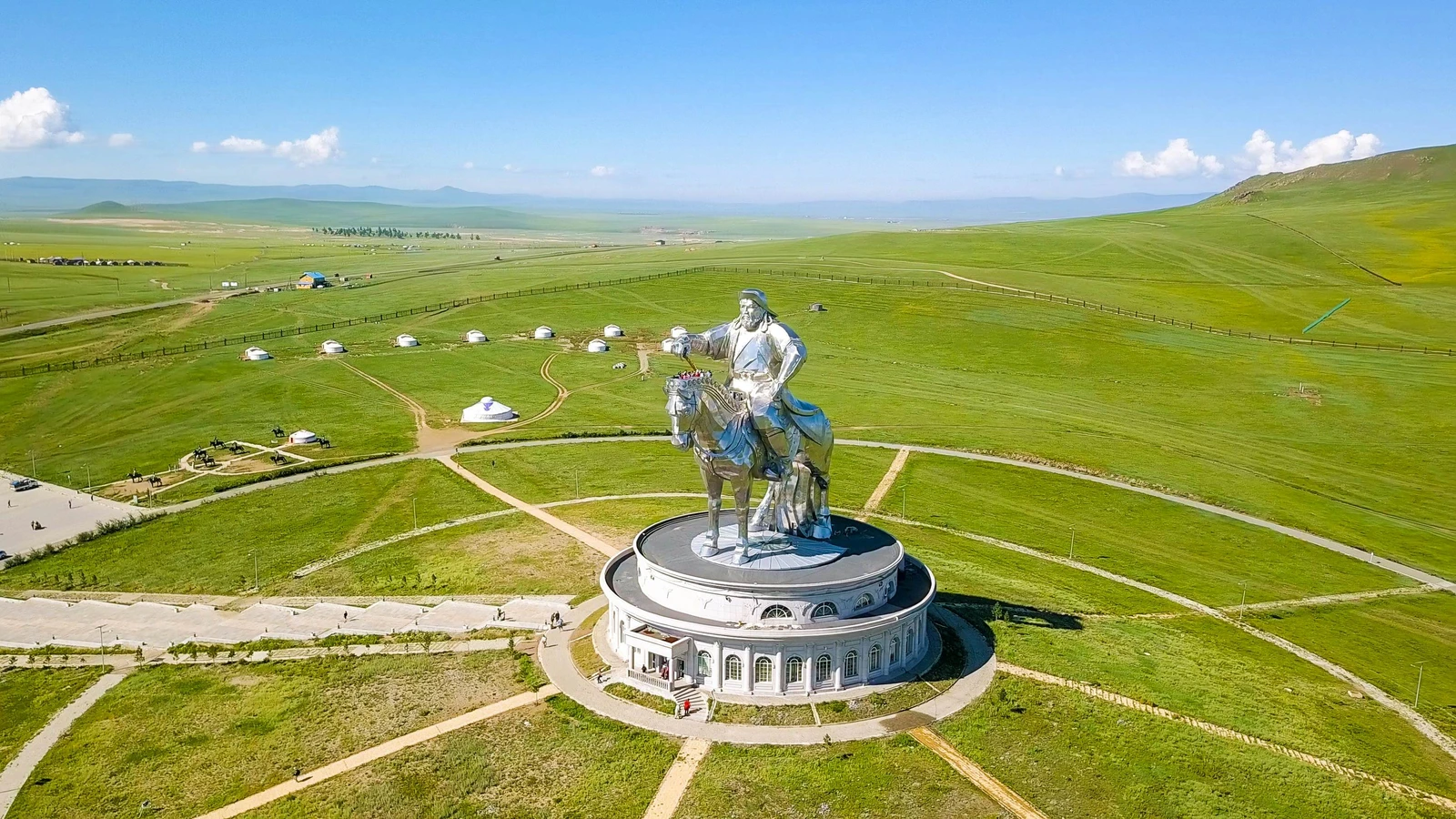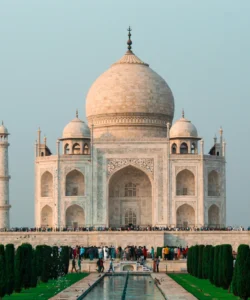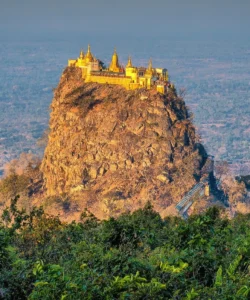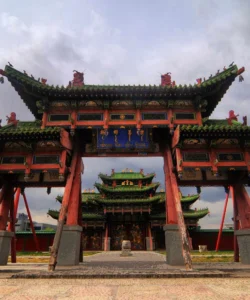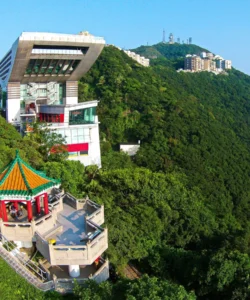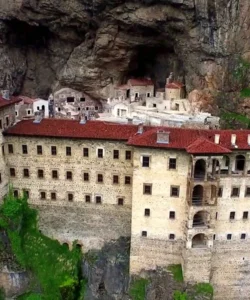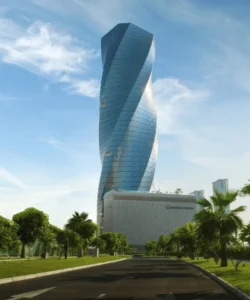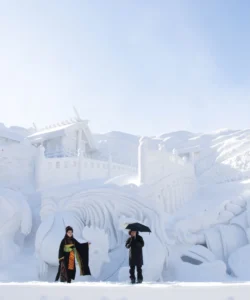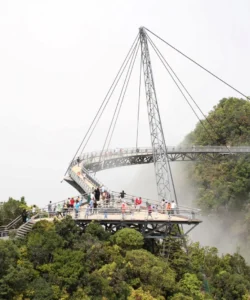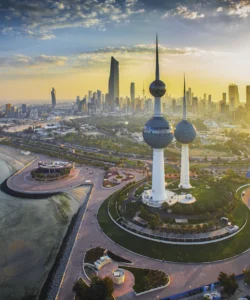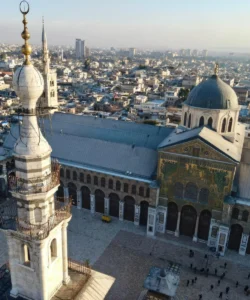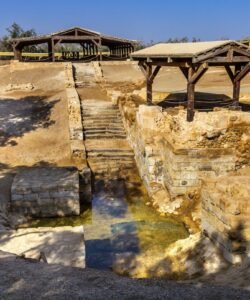The Chinggis Khan Statue Complex, also widely known as the Genghis Khan Equestrian Statue, is a colossal monument to Mongolia’s most revered historical figure, Chinggis Khan (Genghis Khan). Located on the vast steppe, it’s not just a statue but a multi-story visitor complex offering a unique blend of cultural immersion and panoramic views.
![]()
Name: Chinggis Khan Statue Complex (Чингис хааны морьт хөшөө цогцолбор, Chinggis khaany mort khöshöö tsogtsolbor). Often simply referred to as the Genghis Khan Statue.
Address: Tsonjin Boldog, Erdene soum, Tuv Province, Mongolia. It is situated on the bank of the Tuul River, approximately 54 kilometers (34 miles) east of Ulaanbaatar. This location is significant as legend has it that Chinggis Khan found a golden whip here.
How to get there:
The Chinggis Khan Statue Complex is a very popular day trip from Ulaanbaatar and easily accessible:
- By Private Car/Taxi: This is the most common and convenient method. The drive from Ulaanbaatar takes about 1 to 1.5 hours on mostly paved roads. You can hire a private driver or a taxi for a round trip.
- By Organized Tour: Many tour operators in Ulaanbaatar offer day tours that combine the Chinggis Khan Statue Complex with a visit to nearby Terelj National Park. This is a hassle-free option that usually includes transportation and a guide.
- By Train + Taxi: A more adventurous option involves taking a local train from Ulaanbaatar to Tsagaankhyar, then taking a taxi for the remaining distance to the complex.
- Rental Car: Renting a car is an option for independent travelers, though navigating Mongolian roads can be challenging in some areas.
Landscape and Architecture:
The Chinggis Khan Statue Complex is a striking modern landmark set against the backdrop of the sprawling Mongolian steppe:
- Colossal Equestrian Statue: The centerpiece is the magnificent 40-meter (131-foot) tall stainless steel statue of Chinggis Khan on horseback, holding a golden whip. It’s the world’s tallest equestrian statue. The statue symbolically faces east, towards Chinggis Khan’s birthplace.
- 10-meter Base Structure: The statue stands atop a 10-meter (33-foot) high circular base building. This building’s design is said to evoke European Gothic architecture, symbolizing Genghis Khan’s successful campaigns into Europe.
- 36 Columns: Surrounding the base of the statue are 36 columns, representing the 36 khans (emperors) who succeeded Chinggis Khan, from his time to Ligdan Khan in the 17th century.
- Interior Complex: The base structure houses a multi-level complex:
- Museum: A museum in the basement features exhibitions on the Mongol Empire, traditional Mongolian culture, ancient tools, and archaeological findings from the Great Khan period.
- Observation Deck: Visitors can take an elevator up through the horse’s chest and neck to reach an observation deck located in the horse’s head, offering unparalleled panoramic views of the surrounding steppe.
- Souvenir Shops & Restaurant: The complex also includes souvenir shops (where you can find traditional Mongolian costumes for photos), an art gallery, and a restaurant.
- Surrounding Area: The complex is envisioned to be surrounded by 200 gers (yurts), arranged to resemble the horse brand marks used by 13th-century Mongol tribes, further enhancing the cultural immersion.
- Statue of Hoelun: A smaller statue of Chinggis Khan’s mother, Hoelun, is located about 1 kilometer east of the main complex, gazing back towards her son.
What makes it famous:
The Chinggis Khan Statue Complex is famous for:
- World’s Tallest Equestrian Statue: Its sheer size and impressive engineering make it a global landmark and a popular attraction.
- Tribute to a National Hero: It serves as a monumental tribute to Chinggis Khan, who is revered in Mongolia as the founder of the Mongol Empire, the unifier of warring tribes, and a figure who brought prosperity and established the Silk Road.
- Panoramic Views: The observation deck in the horse’s head provides breathtaking 360-degree views of the vast, open Mongolian steppe.
- Cultural Experience: The complex offers a deep dive into Mongolian history and culture through its museum, traditional costume photo opportunities, and the overall immersive environment.
- Strategic Location: It’s located at Tsonjin Boldog, a site steeped in legend where Chinggis Khan supposedly found his golden whip, symbolizing good fortune.
Differences from some other wonders:
The Chinggis Khan Statue Complex is distinct from other famous monuments and wonders in several ways:
- Scale of an Equestrian Statue: While there are many equestrian statues globally, the Chinggis Khan Statue’s unprecedented scale (40 meters tall) makes it truly unique. It dwarfs other famous equestrian monuments.
- Interactive Interior: Unlike many statues that are purely external, the Chinggis Khan Statue is designed with an interactive interior, allowing visitors to ascend inside the horse to an observation deck, blending monumental sculpture with a functional visitor experience.
- Symbol of National Identity and Revival: Built in 2008 to commemorate the 800th anniversary of the Mongol Empire’s founding, this monument is a powerful symbol of Mongolian national pride and a revival of interest in their historical heritage after decades of Soviet influence. This strong nationalistic and commemorative purpose sets it apart from many older, purely artistic or religious statues.
- Modern Tribute in an Ancient Landscape: It’s a modern, grand-scale monument deliberately placed in a vast, ancient steppe landscape, creating a striking contrast between contemporary engineering and the timeless natural environment where Chinggis Khan’s empire once flourished.
- Contrast with Western Perception of Genghis Khan: While Genghis Khan is often depicted in the West as a brutal conqueror, this statue complex highlights the Mongolian perspective of him as a unifying national hero, a bringer of law, and a figure who facilitated cultural exchange across his vast empire.
The Chinggis Khan Statue Complex is not merely a statue; it’s a monumental homage, a cultural center, and a modern landmark that profoundly expresses Mongolian identity and its reverence for its most legendary leader.
